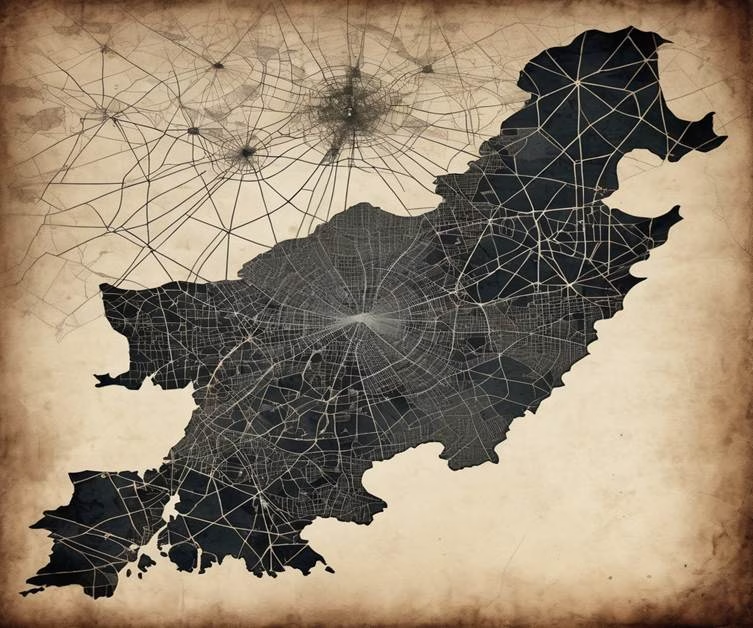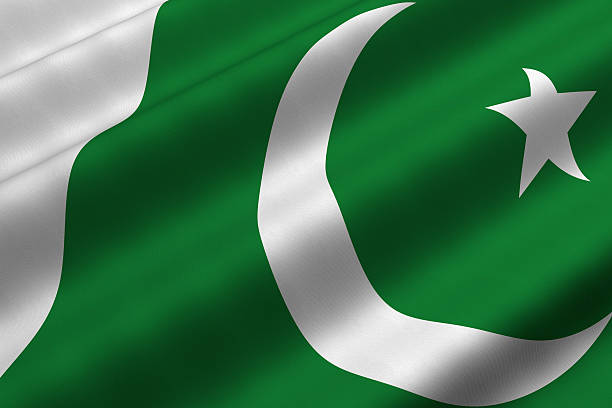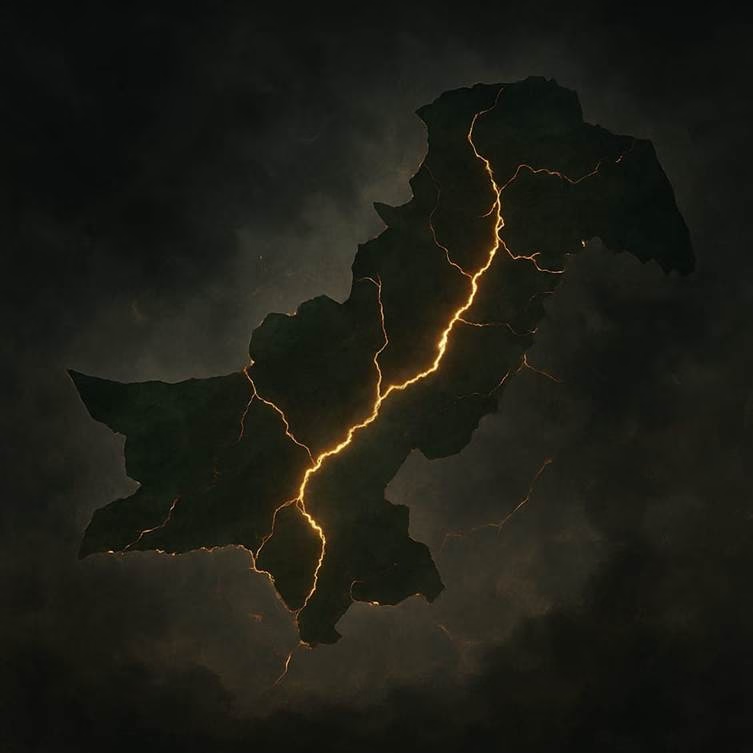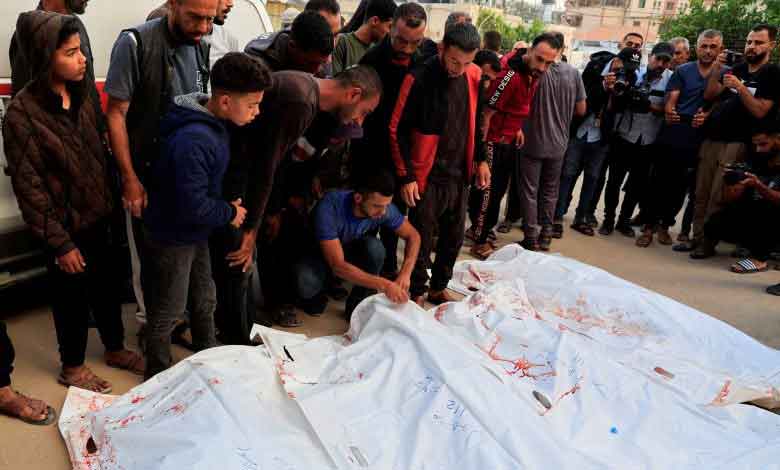From Proxy Wars Against India to Internal Collapse — The Grim Legacy of Pakistan’s Strategic Miscalculations
In the complex tapestry of modern terrorism, few states have played as pivotal — and paradoxical — a role as Pakistan. Once hailed as a frontline ally during the Soviet-Afghan war, it swiftly evolved into the epicenter of a strategy that weaponized jihadist militancy for geopolitical gain. Today, the legacy of this approach — a web of proxy warfare, radicalization, and global terrorism — has not only destabilized Pakistan’s neighbors but also corroded its own political, economic, and social fabric.

Symbolic Image
Pakistan’s entanglement with terror networks began in the 1980s, when its intelligence agency, the Inter-Services Intelligence (ISI), became the main conduit for billions of dollars in American and Saudi funds to Afghan Mujahideen fighting Soviet forces[1]. While initially framed as a noble resistance, the infrastructure created during this period — training camps, madrassas, logistical networks — would soon serve far darker ambitions.
Haunted by the humiliating loss of East Pakistan (now Bangladesh) in 1971, Pakistan’s military establishment embraced a strategic doctrine often described as “bleeding India with a thousand cuts”[2]. Rather than engaging India through conventional warfare, Pakistan sought to destabilize it by sponsoring asymmetric attacks — cultivating terrorist groups such as Lashkar-e-Taiba (LeT) and Jaish-e-Mohammed (JeM) to maintain plausible deniability.
The consequences were catastrophic. In 2001, operatives linked to Pakistan-based groups attacked the Indian Parliament, nearly triggering a full-scale war[3]. The 2008 Mumbai attacks, which killed over 170 people and involved Pakistani nationals, exposed the alarming freedom with which terror infrastructure operated inside Pakistan[4]. This pattern continued with deadly assaults like the 2016 Uri attack and the 2019 Pulwama bombing, further entrenching Pakistan’s global reputation as a sanctuary for jihadist outfits[5].
However, the fire Pakistan ignited abroad soon turned inward. Groups like the Tehrik-i-Taliban Pakistan (TTP), once tolerated or ignored when their guns were pointed outward, redirected their fury internally. According to the South Asia Terrorism Portal (SATP), Pakistan witnessed over 23,000 civilian deaths and more than 8,000 security personnel killed in terrorist incidents between 2003 and 2020[6].
The December 2014 massacre at Peshawar’s Army Public School — where more than 140 children were slaughtered by TTP militants — jolted even Pakistan’s hardened elites[7]. It was a brutal reminder that Islamabad’s policy of differentiating between “good” and “bad” terrorists was fatally flawed. Selective crackdowns — targeting groups that threatened the state while sheltering those deemed strategically useful — only deepened Pakistan’s security quagmire [8].
International isolation quickly followed. Pakistan was grey-listed by the Financial Action Task Force (FATF) between 2018 and 2022 for its failure to curb terror financing, costing an estimated $38 billion in GDP losses over a decade [9]. Major financial institutions grew wary, investments dried up, and Pakistan’s already fragile economy deteriorated under sanctions and reputational damage.
Adding to its ignominy, the discovery of Osama bin Laden hiding comfortably in Abbottabad — a stone’s throw from Pakistan’s premier military academy — confirmed long-held suspicions about Islamabad’s duplicity in the global war on terror [10]. Even as Pakistan attempted to project itself as a victim of terrorism, its complicity in nurturing extremist networks became increasingly undeniable.
The Taliban’s return to power in Afghanistan in 2021 initially emboldened Islamabad’s strategic community. But the euphoria was short-lived. The new Taliban regime either could not — or would not — curb anti-Pakistan militants such as the TTP [11]. Cross-border attacks surged, and what was once envisioned as “strategic depth” devolved into a festering wound along Pakistan’s western frontier.
Subscribe to Our Newsletter
Get the latest CounterCurrents updates delivered straight to your inbox.
Ultimately, Pakistan’s grand gamble — using terrorism as an instrument of statecraft — has ended in catastrophe. By harboring extremist groups for short-term geopolitical leverage, Islamabad sowed the seeds of chronic instability within its own borders. Far from achieving strategic parity with India or regional dominance, Pakistan today finds itself isolated diplomatically, battered economically, and besieged internally.
The scorpion, it turns out, could not escape the sting of its own tail.
Notes:
[^1]: 9/11 Commission Report (2004); Congressional Research Service Reports (CRS); Steve Coll, Ghost Wars (2004).
[^2]: Sushant Sareen, Bleeding India with a Thousand Cuts: A Historical Analysis of Pakistan’s Proxy War Doctrine (Observer Research Foundation, 2016).
[^3]: Indian Ministry of External Affairs Dossier on 2001 Parliament Attack; U.S. Department of State public statements, 2002.
[^4]: U.S. Treasury Department’s designation of Lashkar-e-Taiba operatives; FBI investigation into 2008 Mumbai attacks; Confessions of Ajmal Kasab.
[^5]: Indian National Investigation Agency (NIA) findings on Uri and Pulwama attacks; UN Security Council Reports.
[^6]: South Asia Terrorism Portal (SATP), Terrorism Trends Data, 2003–2020.
[^7]: BBC News, “Pakistan Taliban: Peshawar school attack leaves 141 dead,” December 2014.
[^8]: Carlotta Gall, The Wrong Enemy: America in Afghanistan, 2001–2014 (2014); Ahmed Rashid, Descent into Chaos (2008).
[^9]: Tabadlab Report, Bearing the Cost of Global Politics: The Impact of FATF Grey-listing on Pakistan (2020); IMF Reports.
[^10]: U.S. Department of Defense, “Operation Neptune Spear,” 2011; Seymour Hersh, The Killing of Osama bin Laden (2015).
[^11]: UN Analytical Support and Sanctions Monitoring Team Reports, 2022–2024; Afghan Taliban-TTP dynamics studies (Long War Journal, 2023).
Ashish Singh has finished his Ph.D. coursework in political science from the NRU-HSE, Moscow, Russia. He has previously studied at Oslo Metropolitan University, Norway; and TISS, Mumbai.















































